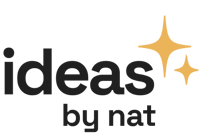
Iterative design for youth mental health
THE SOCIAL IMPACT LAB
2021
Developed by The Social Impact Lab in 2019, the Natural Supports Simulation (NSYYC) is a digital interactive tool that guides adults through mock scenarios of day-to-day interactions with a child or youth.
Working with the United Way and J5 members of the Social Impact Lab, we analyzed data, analytics and user responses from an online feedback survey. My team at Evans Hunt conducted an iterative, multi-phase approach.
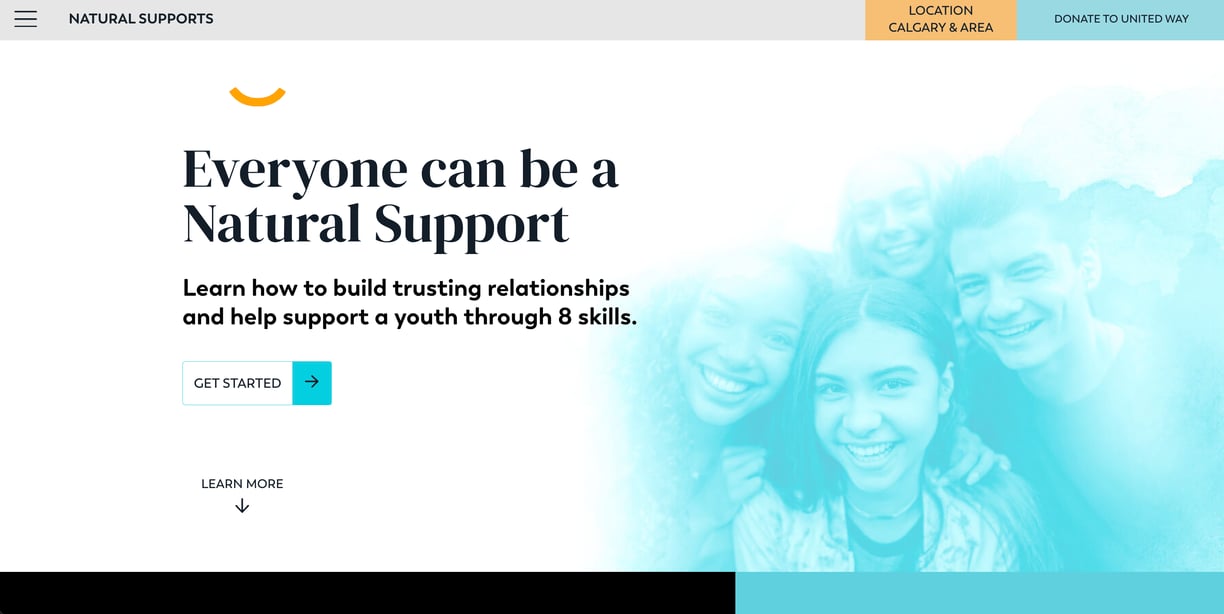

Since the launch in 2019, data and feedback have been collected over 2 years on the Natural Support Simulation. We then implemented changes for iteration 2.0.
Here's a peek at some of the user feedback 👀
• The simulation felt lengthy and text-intensive.
• Users expressed a desire to enhance their Natural Support Skills.
• There was confusion surrounding the various possible outcomes.
I mapped out the ideal user experience of the simulation tool.

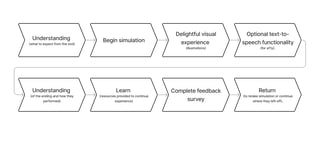
Strategizing for a realistic output.
✔️ Added a "Continue Story" option
✔️ Incorporated contextual explanations to enhance clarity, such as "This scenario has multiple possible outcomes."
✔️ Wireframed a personalized Learning Path of external resources for users to improve their skills.
✔️ Revised the interstitial messaging to include motivational phrases, such as "You're halfway there—keep going!"
These micro-interactions provided a source of empathy, acknowledging that the story was long, but the ending was worth the effort.
✔️ Relocated the Resources and Support page to the primary navigation, allowing access both with and without completing the simulation.
Knowing we had a constrained budget + time, the enhancements we chose balanced user + business needs based on our ideal experience.
Implementing too many changes simultaneously could overwhelm users and significantly strain the design and development teams. Phase 1 updates enabled us to effectively track data and gather feedback before proceeding to the next phase.

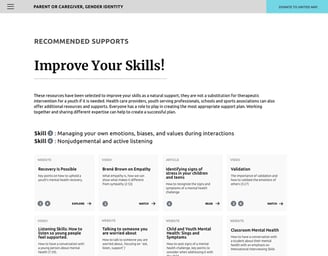

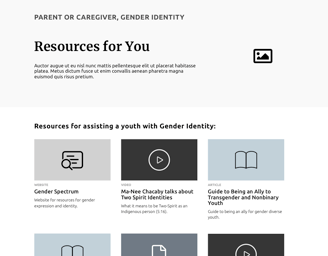
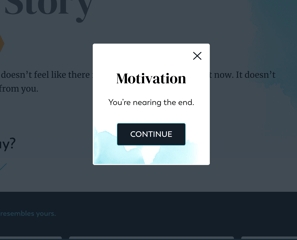

Work in progress ✍🏼
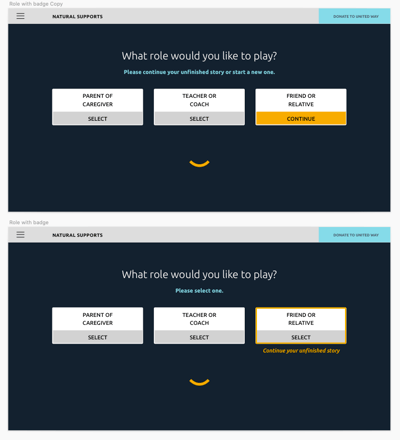


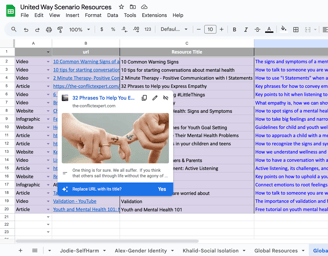
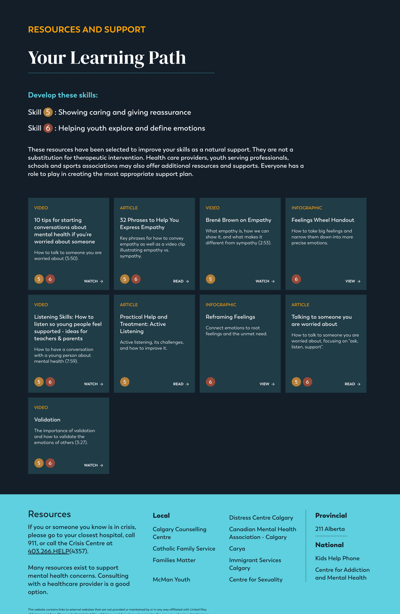

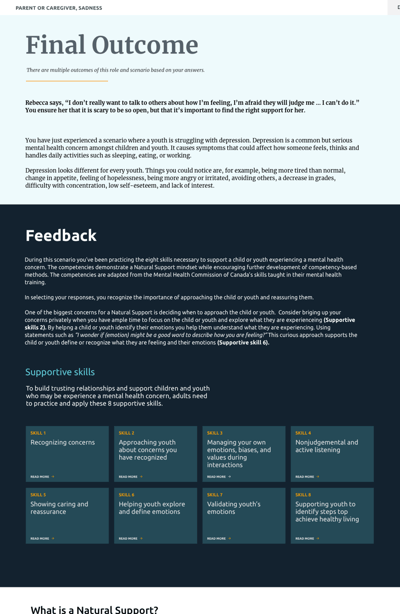



Designs
Design is an evolutionary process and there is no perfect solution.
Going forward
In the third iteration, another team at Evans Hunt fulfilled our original goals of adding illustrations and text-to-speech functionality.
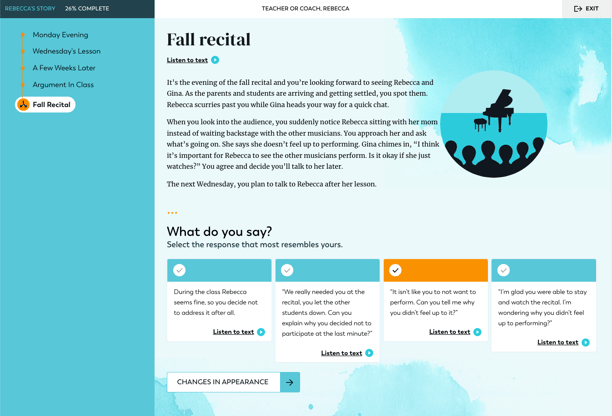

If I were given the opportunity to work on this project again, I would conduct user research to understand how this tool impacts people's real-life relationships.
In addition to that, I would continue to monitoring the online survey and benchmarking the results to understand the impact of our design choices.
Interested in more case studies?
